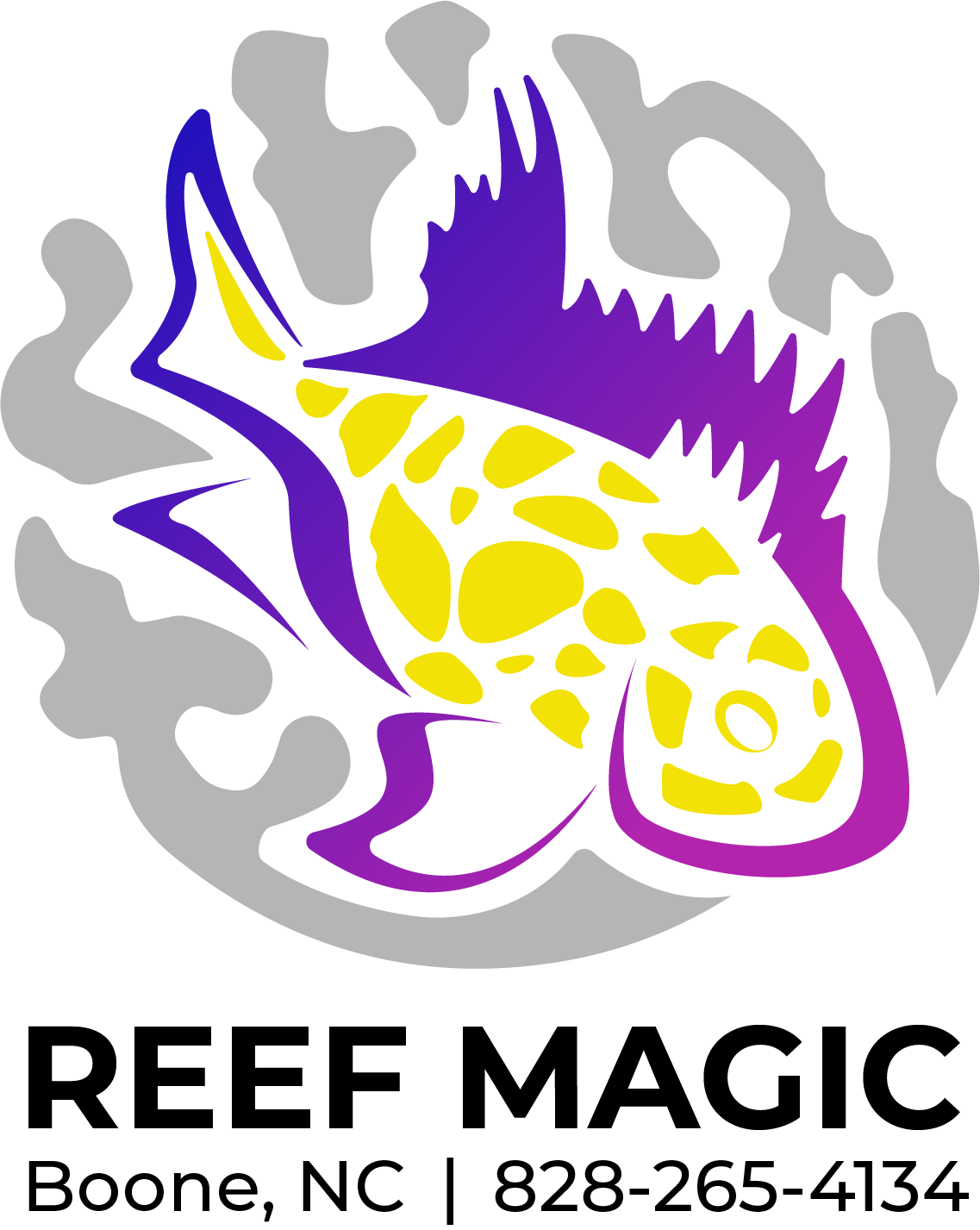 Image 1 of 1
Image 1 of 1


Sohal Tang (medium)
The Sohal Tang (Acanthurus sohal) is a stunning marine fish but requires specific care to thrive in a home aquarium. Here's a care guide for the Sohal Tang:
1. Tank Size:
Provide a large tank with a minimum size of 180 gallons for a single Sohal Tang. This species needs plenty of space to swim and establish its territory.
2. Water Parameters:
Maintain stable water conditions with a temperature range of 72-78°F (22-26°C).
pH should be between 8.1 and 8.4.
Ammonia and nitrite levels should be undetectable, and nitrate levels should be kept below 10-20 ppm.
Specific gravity should be between 1.020 and 1.025.
3. Substrate and Decor:
Provide a live sand substrate to mimic the fish's natural environment and allow for natural behaviors like sifting.
Incorporate plenty of live rock to create hiding spots, caves, and grazing areas.
4. Lighting:
Sohal Tangs do well with moderate to high lighting, especially if you plan to keep corals in the same tank.
5. Diet:
Sohal Tangs are herbivores, and their diet should include a variety of marine-based flake and pellet foods.
Supplement their diet with fresh or frozen marine algae, nori sheets, and other vegetable-based foods.
Offering a varied and balanced diet is essential for their health.
6. Compatibility:
Sohal Tangs can be territorial and aggressive, especially towards other tangs or similar-looking fish.
Introduce them into the tank last to reduce aggression.
Keep only one Sohal Tang per tank, unless you have an exceptionally large aquarium with plenty of hiding spots.
7. Tank Mates:
Choose tank mates carefully. Peaceful reef fish and invertebrates are generally suitable.
Avoid keeping them with other tangs or aggressive fish that may harass or compete with them for territory.
8. Behavior:
Sohal Tangs are active swimmers and appreciate open swimming spaces.
They may establish territories and can become territorial towards other fish, especially those of the same species.
9. Quarantine:
Quarantine new fish before introducing them to the main tank to prevent the spread of diseases.
10. Monitoring Health:
Keep a close eye on the health of your Sohal Tang. Watch for signs of stress, disease, or abnormal behavior.
Regular observation and providing proper care, including a well-balanced diet, contribute to the overall health and longevity of the Sohal Tang.
Due to their territorial and potentially aggressive nature, careful consideration of tank mates and maintaining a suitable environment are crucial for the well-being of Sohal Tangs. Always monitor water parameters and address any issues promptly to ensure a healthy and thriving aquarium.
The Sohal Tang (Acanthurus sohal) is a stunning marine fish but requires specific care to thrive in a home aquarium. Here's a care guide for the Sohal Tang:
1. Tank Size:
Provide a large tank with a minimum size of 180 gallons for a single Sohal Tang. This species needs plenty of space to swim and establish its territory.
2. Water Parameters:
Maintain stable water conditions with a temperature range of 72-78°F (22-26°C).
pH should be between 8.1 and 8.4.
Ammonia and nitrite levels should be undetectable, and nitrate levels should be kept below 10-20 ppm.
Specific gravity should be between 1.020 and 1.025.
3. Substrate and Decor:
Provide a live sand substrate to mimic the fish's natural environment and allow for natural behaviors like sifting.
Incorporate plenty of live rock to create hiding spots, caves, and grazing areas.
4. Lighting:
Sohal Tangs do well with moderate to high lighting, especially if you plan to keep corals in the same tank.
5. Diet:
Sohal Tangs are herbivores, and their diet should include a variety of marine-based flake and pellet foods.
Supplement their diet with fresh or frozen marine algae, nori sheets, and other vegetable-based foods.
Offering a varied and balanced diet is essential for their health.
6. Compatibility:
Sohal Tangs can be territorial and aggressive, especially towards other tangs or similar-looking fish.
Introduce them into the tank last to reduce aggression.
Keep only one Sohal Tang per tank, unless you have an exceptionally large aquarium with plenty of hiding spots.
7. Tank Mates:
Choose tank mates carefully. Peaceful reef fish and invertebrates are generally suitable.
Avoid keeping them with other tangs or aggressive fish that may harass or compete with them for territory.
8. Behavior:
Sohal Tangs are active swimmers and appreciate open swimming spaces.
They may establish territories and can become territorial towards other fish, especially those of the same species.
9. Quarantine:
Quarantine new fish before introducing them to the main tank to prevent the spread of diseases.
10. Monitoring Health:
Keep a close eye on the health of your Sohal Tang. Watch for signs of stress, disease, or abnormal behavior.
Regular observation and providing proper care, including a well-balanced diet, contribute to the overall health and longevity of the Sohal Tang.
Due to their territorial and potentially aggressive nature, careful consideration of tank mates and maintaining a suitable environment are crucial for the well-being of Sohal Tangs. Always monitor water parameters and address any issues promptly to ensure a healthy and thriving aquarium.






